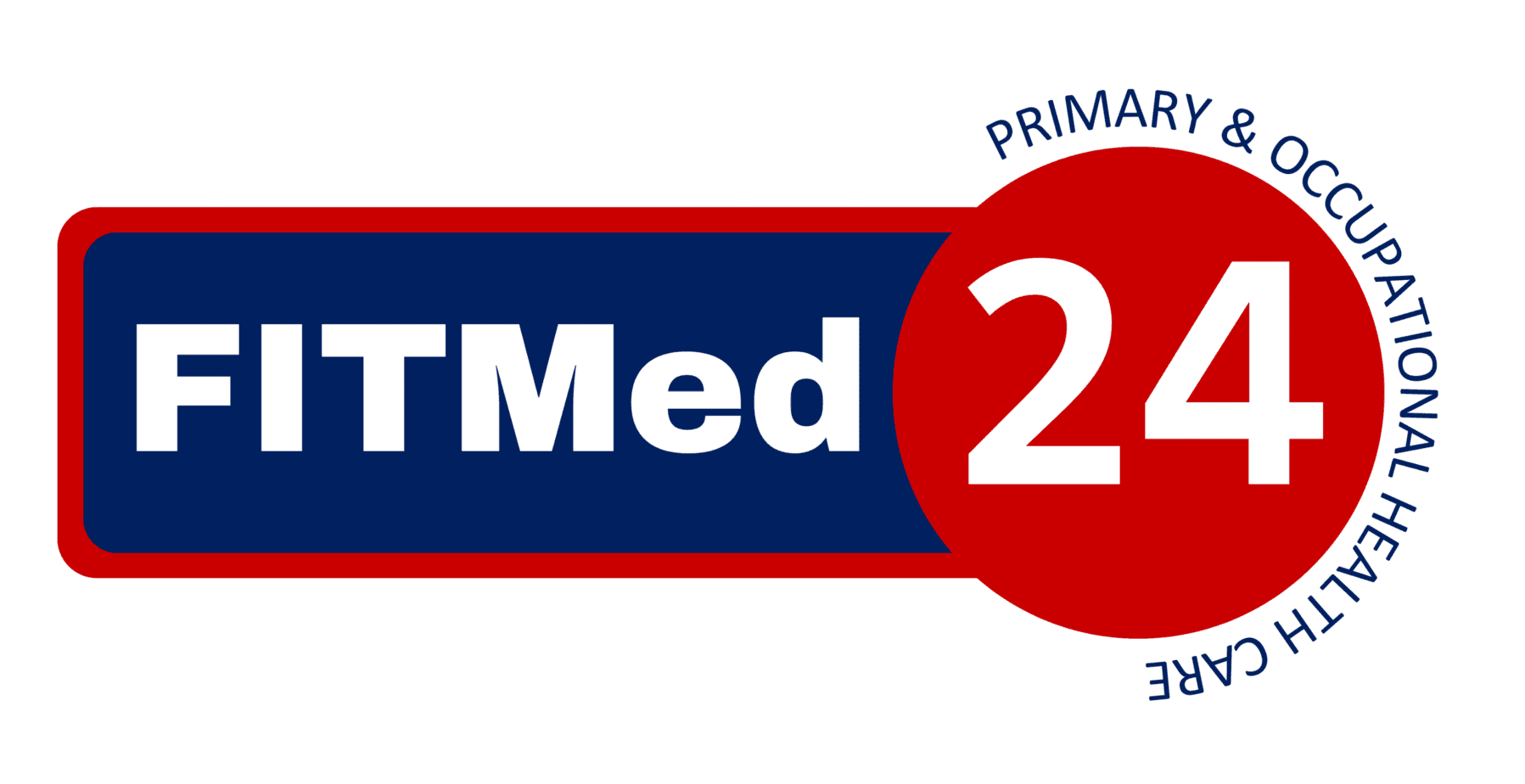The Evolution of Occupational Health and Its Valuable Benefits
While most of us tend to believe that concerns over matters, such as sanitation, safe working conditions, and occupational health, are all products of our modern civilisation, each of these has its origins in the distant past. There is abundant archaeological evidence to support this, dating back almost 4 000 years. At the same time, concerns over the impact of work on health were already being addressed by icons, such as the Greek physician, Hippocrates, who recognised the importance of clean air and water, and Galen, an official physician to Rome’s gladiatorial combatants.
Over the centuries, others have seen the need to provide workers with various forms of protection, such as masks to limit the inhalation of dust particles. However, only with the vastly improved understanding of illness and its multiple causes did the evolution of the advanced occupational health services we enjoy today become possible.
However, before any effective preventative measures could be introduced, it was first necessary to develop the technology with which to do so. Consequently, while concerns over the appalling living and working conditions to which workers were subjected had become widespread by the middle of the nineteenth century, it took almost another century before anything remotely resembling the services provided by the doctors, nurses, and other therapists responsible for occupational health today finally became available.
At this time, in fact, the emphasis was more on workplace safety, such as the prevention of injuries and limiting the risks posed by hazards, such as toxic chemicals and dust particles in the air, rather than actually examining workers for evidence of illness that might have been caused by factors within the working environment. Only in 1983, when the government of South Africa passed legislation covering safety in the workplace, did similar concerns for occupational health begin to translate into positive action.
Though necessary, the training of technical experts to inspect factories and other businesses for possible hazards and to evaluate or provide advice about suitable protective measures became just one part of a two-part initiative. The second was to train medical personnel, including doctors, nurses, and other therapists, to conduct specialised examinations for evidence of work-related illnesses. This role has gradually become extended and, today, these occupational health specialists are also called upon to assess the physical suitability of employees to undertake certain tasks to determine whether workers are fit to return to work following an accident or injury.
In addition, these specialists are often called upon to check on the medical status of employees at the time of joining a company and when retiring or resigning their posts. This provides the means to preclude any condition that might lead to a claim for worker’s compensation. When examinations of those known to be at risk are carried out at regular intervals, it allows early detection and treatment of any problems detected, whether work-related or not.
Arranging for staff to undergo periodic examinations by occupational health physicians and nurses is clear evidence of concern on the part of an employer, an observation that can help to boost morale and, in turn, productivity. If you would like to be sure that your workforce is healthy, happy, and productive, why not give FITMed24 a call?

